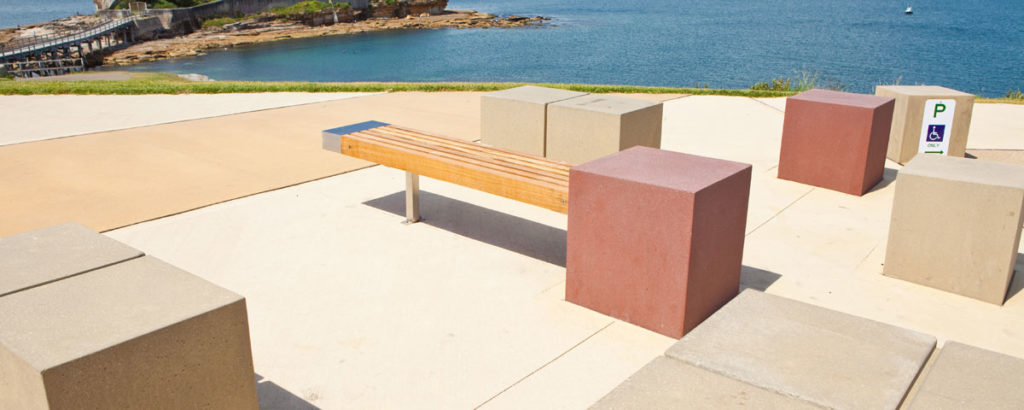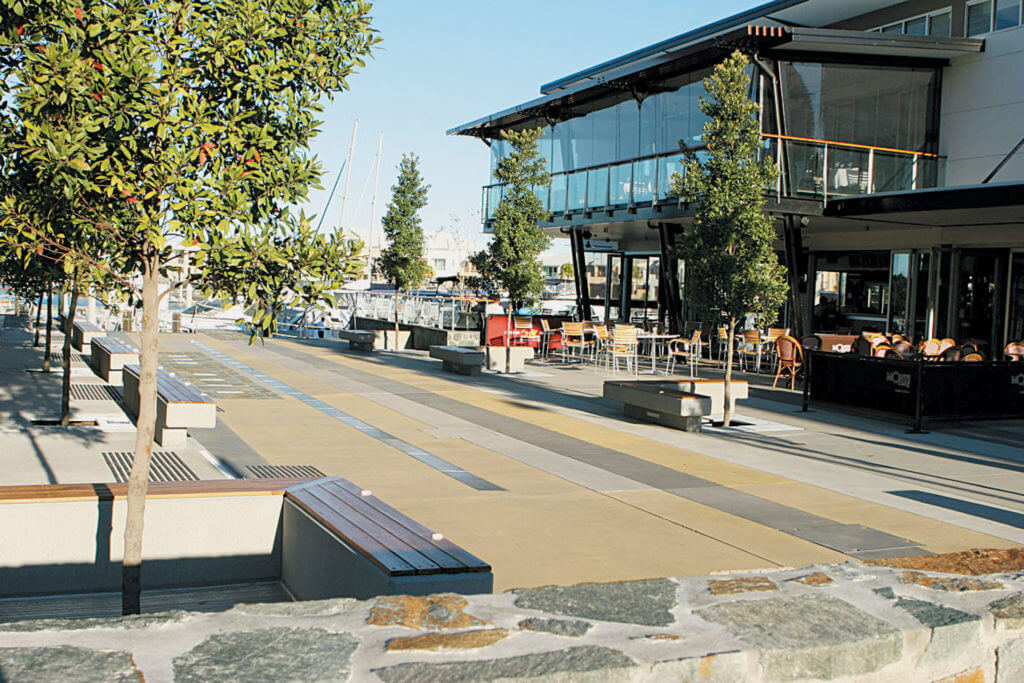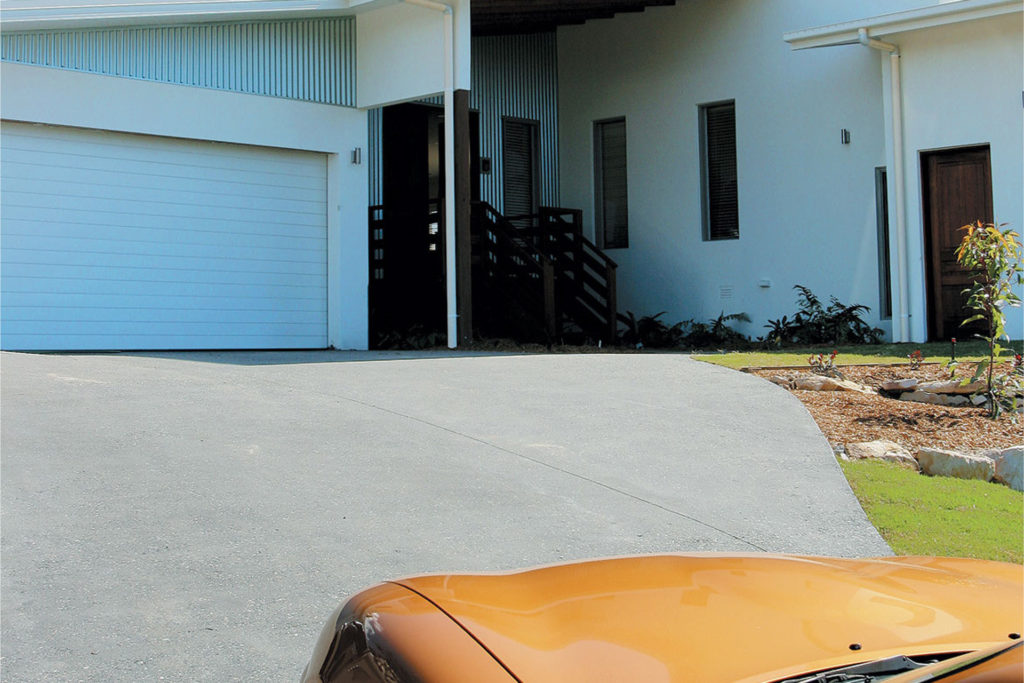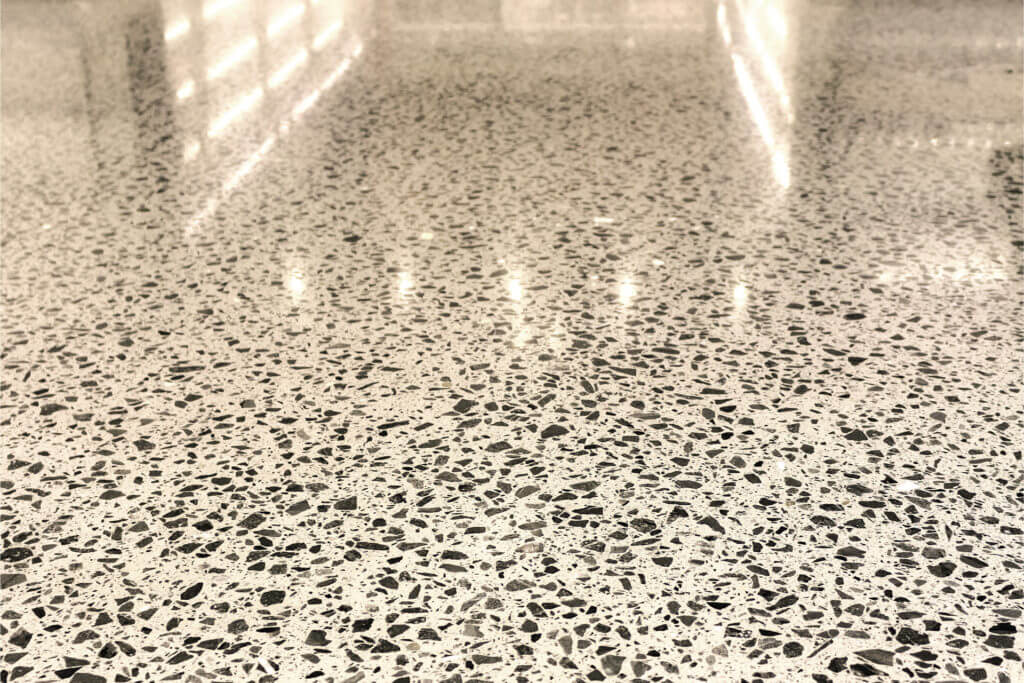Creative security design
Designing for security and safety measures is becoming commonplace, as is including the elements placed between buildings and perimeters as part of the security design response of a space. Good security design is based on a collection of data which is responsive to the unique situations of the site, rather than trying to incorporate a one-size-fits-all approach. This responsive approach employs good urban design principles while also addressing the need for enhanced security. It is achieved by designing beautiful elements with everyday characteristics that disguises the protective role it plays. The successful implementation of security design is to combine multiple elements and integrate them holistically and seamlessly into the overall site design.
If you are thinking of concrete bollards as boring grey square blocks, think again. Bollards don’t have to look like bollards, they can be designed into a variety of shapes, sizes and colours. They can also be hidden within plain sight as large format concrete products like outdoor seating and planter boxes for a more aesthetic look. Thinking outside the box while designing your concrete bollards allows for the inclusion of stylistic elements which complement the design of the environment in which they are placed. It also allows for additional features and functions like seating or subtle lighting to be considered and included in the design.
Concrete bollards
The use of concrete bollards is increasingly being found in urban and architectural designs giving modern aesthetics to their environments whilst providing protection between pedestrians and vehicles. Adding an artistic element to the space, concrete safety bollards are functional and a decorative landscape component that creates a boundary around a desired space. Concrete bollards can also act in a security capacity as a control and deterrent method for anti-terror and anti-ram-raid situations. They are considered a good option for government buildings and high traffic public areas.
How do you achieve creative and artistic design in concrete bollards? By utilising precast concrete. The concrete bollards are made to order off site; ensuring precise dimensions and control of the shape, colour and texture matches the design. Browse our range of concrete pigment colours that can be used in precast concrete. Additionally, precast concrete bollards can be reinforced via the inclusion of steel components to provide extra strength and impact resistance. When it comes to site design, coloured precast concrete bollards can be placed in the desired locations either free-standing or securely fixed to prevent shifting, for example with heavy duty steel ground anchors.
Some of the key features and benefits to utilising concrete bollards within the project design:
- You can choose from a range of concrete pigment colours to complement the design
- There is a large range of aesthetic shapes available and custom shapes are also a possibility
- They are sturdy and strong, requiring minimum maintenance over the years
- As an effective visual deterrent, they are good options for:
- Preventing vehicles from mounting the curb
- Traffic management
- Pedestrian safety
- Security for buildings and infrastructures
- Traffic control and safety
As mentioned above, there are a multitude of uses for concrete bollards, each with slightly different requirements. If the concrete bollards are being used as architectural fixtures, there is no need for high-impact resistance as they are merely visual cues. Therefore, these bollards can be positioned in manicured landscapes or around historical landmarks as a deterrent for people wishing to enter the space.
When concrete bollards are being used for safety along sidewalks and as traffic control there is a requirement for high-impact resistance as they are physical barriers between people and vehicles. Concrete safety bollards must also adhere to installation and spacing requirements to ensure their capacity to prevent an incident is not impaired. Some considerations for spacing include:
- How far back from the kerb the bollard is placed.
- Allow enough space between bollards for people, wheelchair and motorised chair access.
- Consider the building or infrastructure – do you need more protection at the entrance to the building rather than the sides or back?
Concrete bollards can push the bounds of creative design while also providing safety to pedestrians and buildings from vehicles. Different levels of impact resistance are achievable as well, depending on the location and desired use of the bollard.
Browse the complete range of CCS Pigments available for use in precast concrete.





